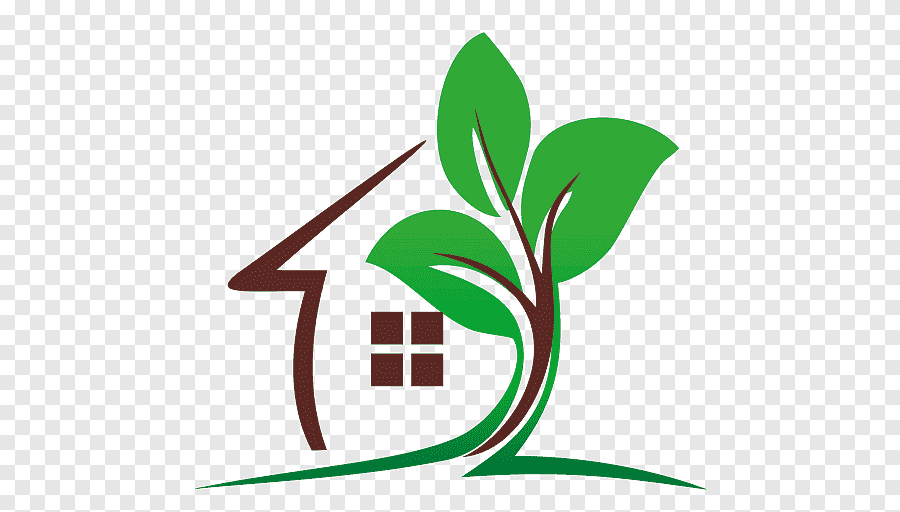10 Houseplants That Don’t Need Sunlight | Tips & Inspiration

Sure, here’s a list of 10 houseplants that can thrive in low-light conditions and don’t require direct sunlight. These plants are a great choice for rooms with limited natural light:
Snake Plant (Sansevieria): Also known as the mother-in-law’s tongue, snake plants are incredibly hardy and can tolerate low light. They are excellent air purifiers.
ZZ Plant (Zamioculcas zamiifolia): ZZ plants are known for their glossy, dark green leaves. They can thrive in low light and are very low-maintenance.
Peace Lily (Spathiphyllum): Peace lilies produce beautiful white flowers and can tolerate low light. They also help improve indoor air quality.
Chinese Evergreen (Aglaonema): Chinese evergreens come in various leaf patterns and colors and can tolerate a range of light conditions, including low light.
Pothos (Epipremnum aureum): Pothos is a popular trailing plant that can thrive in low light and is relatively easy to care for.
Cast Iron Plant (Aspidistra elatior): True to its name, the cast iron plant is tough and can tolerate low light, making it an excellent choice for beginners.
Parlor Palm (Chamaedorea elegans): Parlor palms can add a touch of tropical elegance to your home and do well in low light conditions.
Dracaena: Several varieties of dracaena, such as the Dracaena marginata and Dracaena fragrans, can thrive in low light and add a stylish element to your indoor space.
Spider Plant (Chlorophytum comosum): Spider plants are adaptable and can tolerate low light while producing offshoots or “babies.”
Boston Fern (Nephrolepis exaltata): Boston ferns can add a lush, feathery texture to your home and can do well in moderate to low light conditions.
Tips for caring for low-light houseplants:
Watering: Be cautious not to overwater your plants. Most low-light plants prefer slightly moist soil but can suffer from root rot if kept too wet.
Soil: Use well-draining potting mix to prevent waterlogging and ensure healthy root growth.
Humidity: Many low-light plants appreciate higher humidity levels. You can mist the leaves or place a tray of water near the plants to increase humidity.
Fertilizing: During the growing season (usually spring and summer), you can fertilize your plants with a diluted, balanced fertilizer every 4-6 weeks.
Pruning: Regularly remove dead or yellowing leaves to encourage healthy growth and appearance.
Rotation: Rotate your plants occasionally to ensure all sides receive some light and grow uniformly.
Remember that while these plants are more tolerant of low light, they still need some level of light to thrive. Providing them with occasional indirect sunlight or artificial grow lights can help maintain their health and vitality.
